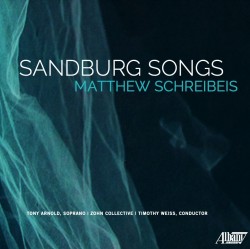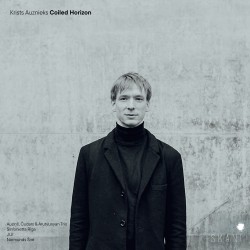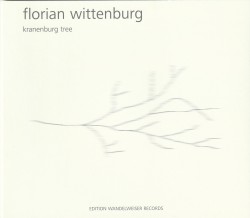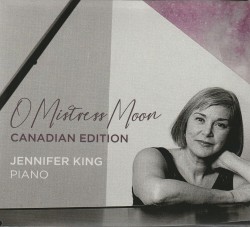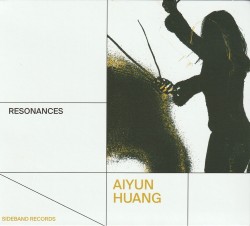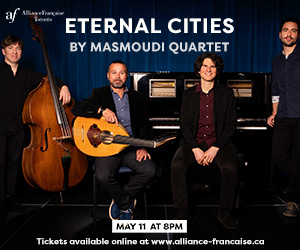Slatkin conducts Slatkin - Various Artists and Orchestras; Leonard Slatkin
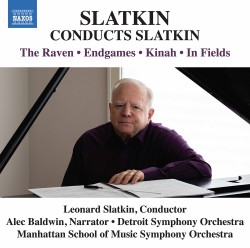 Slatkin conducts Slatkin
Slatkin conducts Slatkin
Various Artists and Orchestras; Leonard Slatkin
Naxos 8574352 (naxosdirect.com/search/8574352)
“Not many know that I have been active as a composer,” writes Leonard Slatkin, who here conducts three of his orchestral works.
Slatkin’s 13-minute Kinah (2015) pays tribute to his distinguished parents, violinist Felix Slatkin and cellist Eleanor Aller. In 1963, two days after they had rehearsed Brahms’ Double Concerto, Felix suddenly died. Kinah (Hebrew for elegy) features metallic chiming and a noble, long-lined string melody, ending with hushed, haunting, incomplete phrases from Brahms’ concerto. In this recording of its world premiere, Leonard’s brother Fred plays the solo part on their mother’s cello.
Slatkin says that his 12-minute Endgames (2014) “celebrates the unsung instruments of the orchestra whose players sit at the far ends of the woodwind section.” Scored for piccolo, alto flute, English horn, E-flat clarinet, bass clarinet, contrabassoon and strings, it includes a cheerful, vigorous dance and a sweetly serene middle section, finishing with familiar quotations for each solo instrument, guaranteeing smiles of recognition from the audience. In the 26-minute The Raven (1971), atmospheric, cinematic background music accompanies Alec Baldwin’s recitation of five poems by Edgar Allan Poe.
This CD includes In Fields (2018), a nostalgic four-minute piece by Leonard’s son Daniel (b.1994), archival recordings of Felix playing arrangements of Brahms, Dvořák and Bizet, and a soundtrack excerpt from the 1946 film Deception, in which Aller, who premiered Korngold’s Cello Concerto, plays a bit of Haydn’s Cello Concerto in D Major, with Korngold conducting his newly composed cadenza for it!


